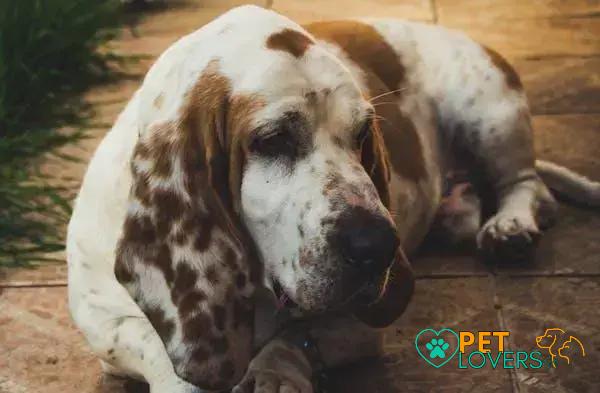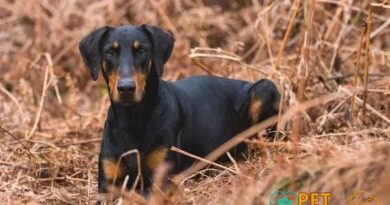Curiosities About the Basset Hound: Discover the Fun Facts
Curiosities about the Basset Hound abound, making them a fascinating breed for dog enthusiasts. From their historical origins to their unique physical traits and distinct behavior, there is so much to discover about these lovable dogs. In this post, we dive into some of the most intriguing aspects of Basset Hounds.
Origins and History
The Basset Hound is renowned for its distinct appearance and charming personality, but its origins and history are equally fascinating.
Heritage
Originating in France, the breed was developed as a hunting dog, specifically for tracking hare. Their incredible sense of smell and low stature made them exceptional in following scents close to the ground.
Development
By the 19th century, Basset Hounds gained popularity in England, where they were refined further for hunting purposes and show. Their unique features attracted attention, and soon they became a beloved breed in households as well.
Modern Recognition
Today, Basset Hounds are celebrated not only as working dogs but also as family pets around the world. Their role has evolved from hunting companions to affectionate members of countless homes.
Unique Physical Traits
The Basset Hound is renowned for its distinctive appearance. Their short legs and elongated body result from a form of dwarfism known as achondroplasia. Basset Hounds have an exceptional olfactory sense; in fact, their powerful noses are second only to the Bloodhound.
Their ears are extraordinarily long and floppy, designed to sweep scent towards their nose. Additionally, their skin is loose and wrinkled, which helps in trapping scent particles.
Another unique trait is their sad, droopy eyes which give them a mournful expression. However, this look is just a facade, as they are generally friendly and good-natured dogs. Their broad chest and heavy bones make them sturdy and resilient, built for endurance rather than speed.
With a coat that is short and smooth, grooming a Basset Hound is relatively easy, although they do shed throughout the year. They often come in tricolor (black, white, and brown) and bicolor variations. Their physical traits aren’t just for show; each one plays a significant role in their ability as scent dogs.
Behavior and Temperament
The Basset Hound’s behavior and temperament make it a lovable and endearing companion. These dogs are known for their gentle and friendly nature. They are highly sociable and enjoy being around people, including children and other pets.
One key aspect of their temperament is their stubborn streak. Basset Hounds were bred for hunting, and this instinct can sometimes translate to a determination that can be challenging during training. It’s essential to use positive reinforcement techniques to get the best results.
Despite their stubbornness, these dogs are very affectionate and loyal. They form deep bonds with their families and can be quite protective. Their gentle demeanor makes them suitable for therapy work as well.
Basset Hounds also have a keen sense of smell. They are scent hounds, which means they have an exceptional ability to track scents. This trait makes them curious explorers, and they may follow their nose even if it leads them away from home.
In terms of energy levels, Basset Hounds are relatively low-energy dogs. They enjoy lounging around but still require regular exercise to stay healthy. Short walks and playtime in the yard are usually sufficient to meet their needs.
Additionally, Basset Hounds are known for their vocal nature. They have a deep, melodious bark and can be quite communicative, often using their vocalizations to express their needs or alert their owners to something interesting.
Overall, the Basset Hound’s behavior and temperament make it an excellent choice for families looking for a gentle, loyal, and loving canine companion.




